Not your grandparents' knotty pine
nosoccermom
9 years ago
Related Stories

WOODKnotty and Nice: Highly Textured Wood Has a Modern Revival
Whether it's cedar, fir or pine, if a wood has a knot, it's hot
Full Story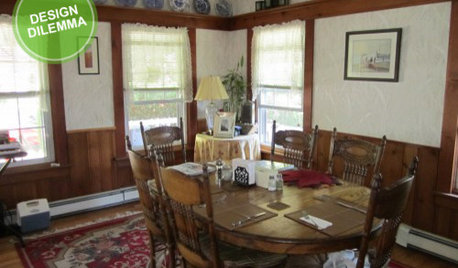
Design Dilemma: Keep or Nix Knotty Pine?
Help a Houzz User Choose a Paint Color for a Cohesive Design
Full Story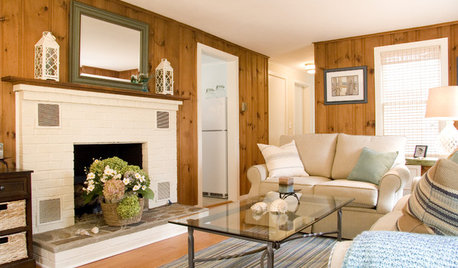
WALL TREATMENTSThese Are Not Your Grandfather’s Pine Walls
The knotty look went from popular to pariah in years past, but today’s designers are finding new and stylish ways to embrace it
Full Story
PAINTINGKnotty to Nice: Painted Wood Paneling Lightens a Room's Look
Children ran from the scary dark walls in this spare room, but white paint and new flooring put fears and style travesties to rest
Full Story
PLANTING IDEASThese Aren’t Your Grandparents’ Junipers
Dislike junipers? Maybe it’s time to discover new varieties and new uses for this garden workhorse
Full Story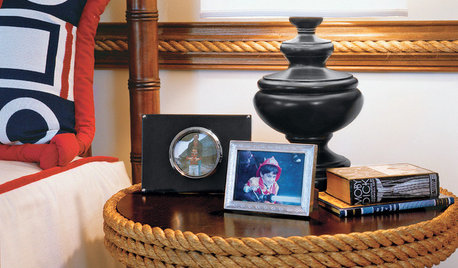
DECORATING GUIDESFeeling Knotty? Add a Little Rope to Your Decor
Neutral, natural and often unexpected, rope is an all-purpose accent on land or sea
Full Story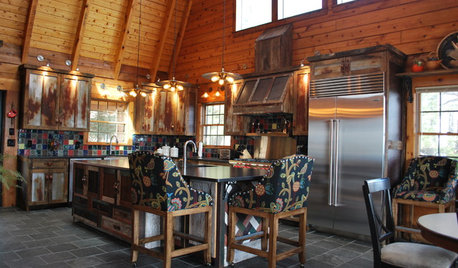
WORKING WITH PROSInside Houzz: New Rustic Style for a Mountain Cabin's Kitchen
A North Carolina couple takes a log cabin kitchen from knotty-pine tear-down to modern-day knockout with rusty tin and reclaimed barnwood
Full Story
DECORATING GUIDESDesign Dilemma: I Need Lake House Decor Ideas!
How to Update a Lake House With Wood, Views, and Just Enough Accessories
Full Story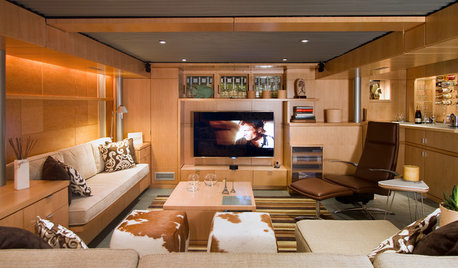
BASEMENTSBasement of the Week: Clever Details Update a Below-Ground Lounge
Lower-level design reaches new heights with rearranged ductwork, lighting, a new ceiling and modern styling
Full Story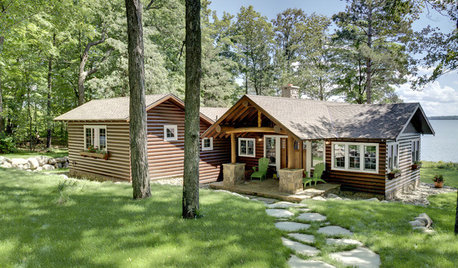
ARCHITECTURELake House Collection: 5 Cozy Camps Across the U.S.
Pull up the canoe and relax into the views of these comfy lake house retreats from traditional to contemporary
Full Story





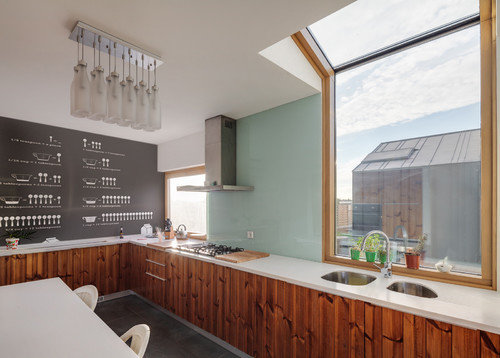

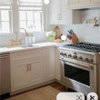
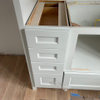
Joseph Corlett, LLC
schicksal
Related Professionals
Barrington Hills Kitchen & Bathroom Designers · Hybla Valley Kitchen & Bathroom Designers · Saint Peters Kitchen & Bathroom Designers · Schenectady Kitchen & Bathroom Designers · Wesley Chapel Kitchen & Bathroom Designers · Winton Kitchen & Bathroom Designers · Champlin Kitchen & Bathroom Remodelers · Glen Carbon Kitchen & Bathroom Remodelers · New Port Richey East Kitchen & Bathroom Remodelers · Dover Cabinets & Cabinetry · Little Chute Cabinets & Cabinetry · Mount Prospect Cabinets & Cabinetry · National City Cabinets & Cabinetry · Riverbank Cabinets & Cabinetry · Yorkville Design-Build Firmssjhockeyfan325
eam44
annkh_nd
mtnrdredux_gw
Joseph Corlett, LLC
lazy_gardens
raee_gw zone 5b-6a Ohio
Vertise
palimpsest
greenhaven
jellytoast
nosoccermomOriginal Author
cookncarpenter
Joseph Corlett, LLC
Vertise
musicgal
gr8daygw
Bunny
Joseph Corlett, LLC
palimpsest
Vertise
SYinUSA, GA zone 8
Joseph Corlett, LLC
Vertise
SYinUSA, GA zone 8
Joseph Corlett, LLC
nosoccermomOriginal Author
Vertise
Joseph Corlett, LLC